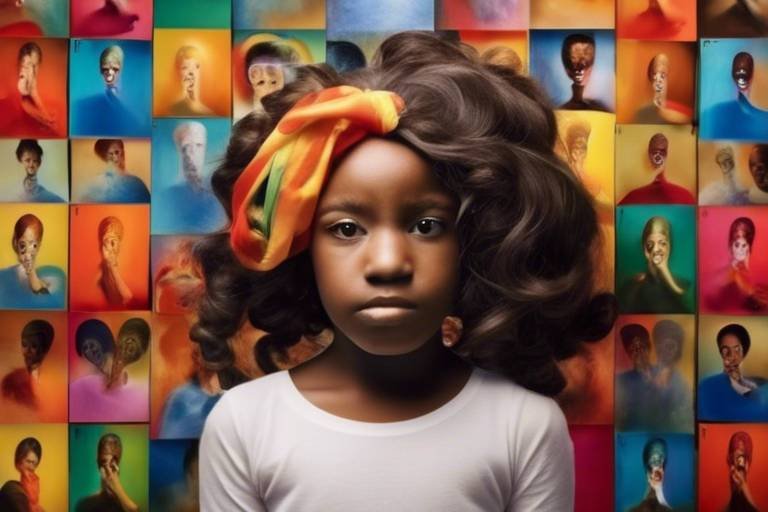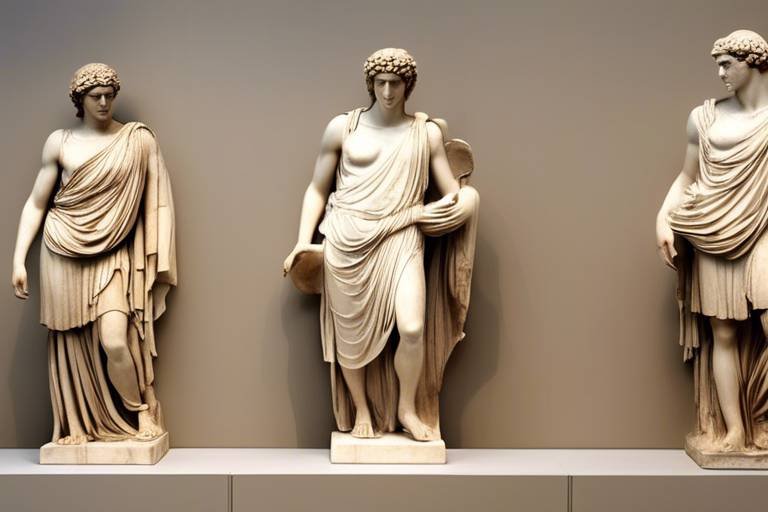The Cultural Significance of Puppetry in Theater
When it comes to the world of theater, puppetry stands out as a unique and culturally significant art form that has captured the hearts and imaginations of audiences for centuries. From ancient civilizations to modern-day performances, puppetry has played a vital role in storytelling, entertainment, and cultural expression.
Originating from diverse corners of the globe, puppetry has a rich history that dates back to ancient civilizations such as Egypt, Greece, and China. These early forms of puppet theater laid the foundation for the development of puppetry as we know it today, showcasing the creativity and ingenuity of human expression through inanimate figures brought to life on stage.
Exploring the various types of puppetry reveals a vast array of styles and techniques used to create mesmerizing performances. From the traditional charm of hand puppets to the intricate movements of marionettes and the shadow play of shadow puppets, each form of puppetry offers a unique storytelling experience that captivates audiences of all ages.
Symbolism plays a crucial role in puppet theater, with puppets often serving as symbolic representations of characters, emotions, and themes within a narrative. Through their movements, expressions, and interactions, puppets convey complex stories and evoke deep emotions, creating a powerful connection between the audience and the performance.
The global influence of puppetry is undeniable, with cultures around the world embracing and incorporating puppet theater into their artistic traditions. From traditional puppet shows in Asia and Europe to avant-garde puppet theater movements in the Americas, puppetry has left a lasting impact on theater practices worldwide.
Advancements in technology have revolutionized the world of puppetry, allowing puppeteers to create lifelike movements, special effects, and interactive performances that push the boundaries of traditional puppet theater. These technological innovations have opened up new possibilities for storytelling and have expanded the creative potential of puppet performances.
Education and community outreach programs have also embraced puppetry as a powerful tool for engaging and educating audiences of all ages. Through puppet shows, workshops, and interactive performances, puppeteers are able to connect with diverse communities and share the magic of puppet theater with new generations.
As contemporary puppeteers navigate the challenges of preserving traditional techniques while embracing innovation, the world of puppetry continues to evolve and adapt to changing cultural landscapes. Experimentation and collaboration drive the future of puppet theater, ensuring that this ancient art form remains relevant and vibrant in the modern world.
Looking ahead, the future of puppetry in theater holds endless possibilities for creativity, sustainability, and growth. As audiences continue to seek out unique and immersive theatrical experiences, puppetry stands poised to captivate and inspire generations to come, carrying on its legacy of cultural significance and artistic innovation.
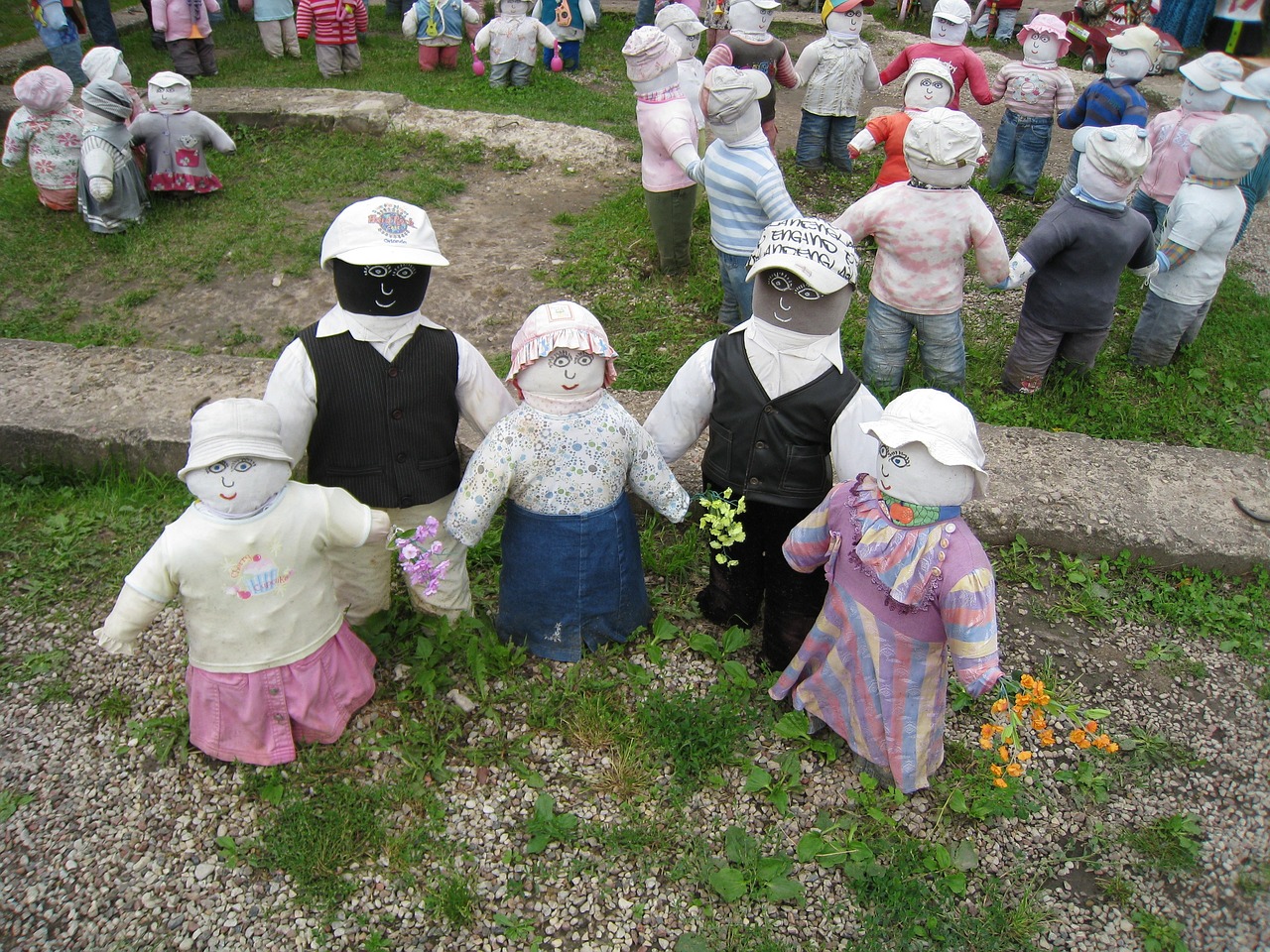
Origins of Puppetry
Exploring the historical and artistic value of puppetry in the realm of theater, showcasing how this form of performance art has influenced cultures worldwide and continues to captivate audiences with its unique storytelling capabilities.
The origins of puppetry can be traced back to ancient civilizations where early forms of puppetry were used in religious ceremonies, rituals, and entertainment. In ancient Greece, puppet shows were performed as part of religious festivals, while in ancient China, shadow puppetry was a popular form of entertainment. Throughout history, different cultures have developed their own styles of puppetry, each with its unique characteristics and storytelling traditions.

Types of Puppetry
Puppetry is a diverse art form that encompasses various types of puppets, each with its unique characteristics and performance styles. From the traditional hand puppets to the intricate marionettes and shadow puppets, the world of puppetry offers a rich tapestry of storytelling possibilities.
Hand puppets, also known as glove puppets, are one of the most common types of puppets, manipulated by the puppeteer's hand inside the puppet's body. These puppets are versatile and can range from simple sock puppets to more elaborate designs with movable mouths and limbs.
Marionettes, on the other hand, are controlled by strings or wires attached to different parts of the puppet's body, allowing for intricate movements and gestures. The puppeteer operates the marionette from above, creating a mesmerizing dance-like performance that requires skill and precision.
Shadow puppets, a form of puppetry popular in Asian cultures, involve manipulating flat figures behind a screen to cast shadows that tell stories. This ancient art form relies on light and shadow to create enchanting visuals that captivate audiences of all ages.
In modern theater productions, puppet designers have pushed the boundaries of traditional puppetry by creating innovative designs that incorporate technology and unconventional materials. These contemporary puppets blur the lines between puppetry and other art forms, offering new possibilities for storytelling and visual expression.
Whether it's the classic charm of hand puppets, the intricate movements of marionettes, the enchanting world of shadow puppets, or the cutting-edge designs of contemporary puppetry, each type of puppetry brings its unique magic to the stage, captivating audiences and breathing life into stories old and new.
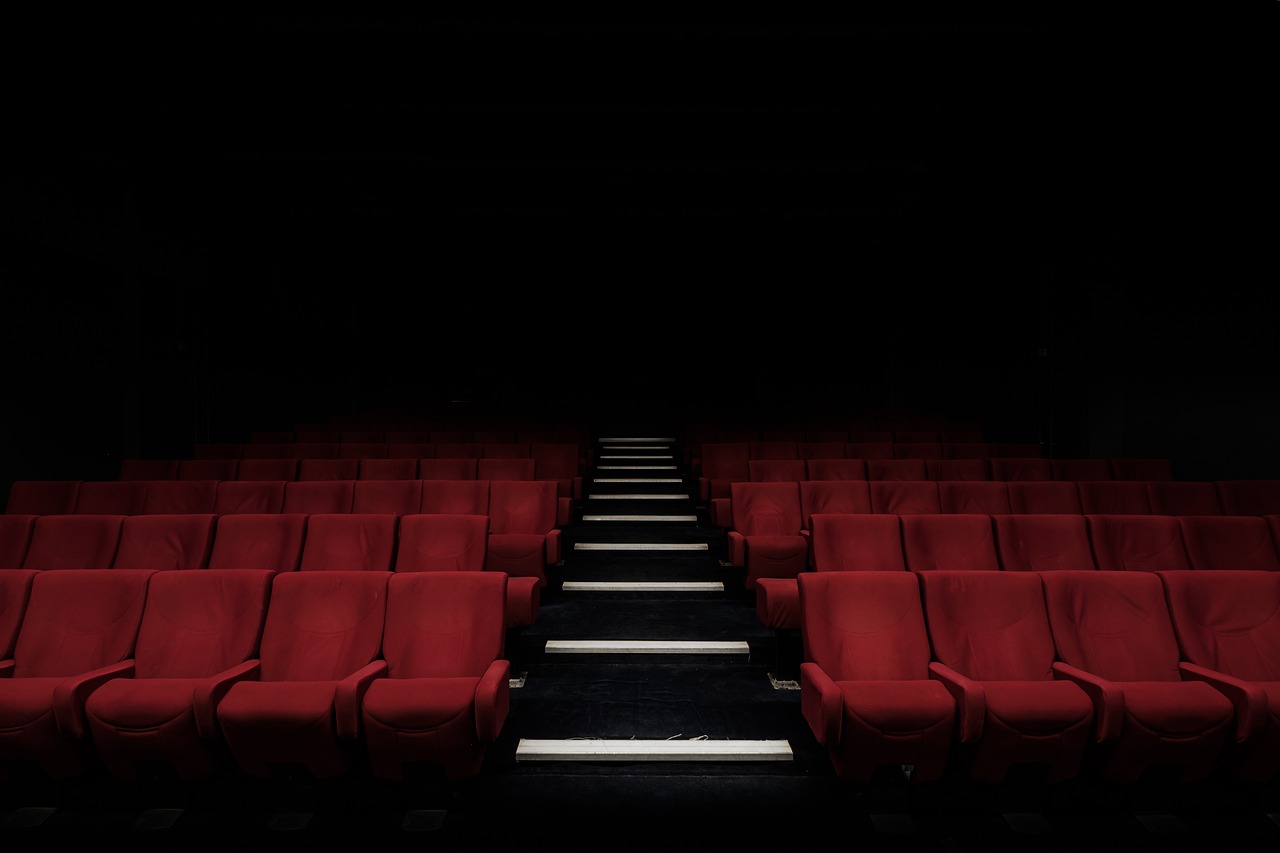
Symbolism and Storytelling
Exploring the historical and artistic value of puppetry in the realm of theater, showcasing how this form of performance art has influenced cultures worldwide and continues to captivate audiences with its unique storytelling capabilities.
Symbolism and storytelling are integral components of puppetry, where every movement and expression of a puppet carries deeper meaning and conveys intricate narratives. Just like actors on stage, puppets have the power to evoke emotions, portray characters, and engage audiences in a mesmerizing theatrical experience.

Global Influence
When it comes to the global influence of puppetry in theater, it's fascinating to see how this art form has transcended geographical boundaries and cultural differences to become a universal language of storytelling. From the traditional puppet shows of Asia to the intricate marionette performances in Europe, puppet theater has left a lasting impact on audiences worldwide.
One of the key aspects of puppetry's global influence is its ability to connect people through shared experiences and emotions. Regardless of language barriers, puppet performances have the power to evoke laughter, tears, and wonder in audiences of diverse backgrounds, creating a sense of unity and empathy among viewers.
Furthermore, puppet theater has played a significant role in preserving cultural heritage and traditions across different regions. Through puppetry, stories and folklore unique to various cultures have been passed down through generations, keeping alive the rich tapestry of global storytelling traditions.
Additionally, the influence of puppetry extends beyond traditional forms of theater, with avant-garde puppet theater movements emerging in the Americas and other parts of the world. These innovative approaches to puppetry push the boundaries of the art form, exploring new techniques, themes, and narratives that challenge conventional notions of puppet theater.
Overall, the global influence of puppetry in theater underscores its enduring appeal and relevance in a rapidly changing world. As technology continues to advance and cultural exchange becomes more prevalent, puppet theater remains a vibrant and dynamic medium for artistic expression, cultural exchange, and storytelling on a global scale.

Technological Advancements
Technological advancements have significantly transformed the world of puppetry, pushing the boundaries of traditional performances to new heights. Through the integration of cutting-edge technology, puppeteers can now create mesmerizing and lifelike movements that captivate audiences with their realism. The use of animatronics, robotics, and digital effects has revolutionized puppet theater, allowing for intricate choreography and special effects that were once unimaginable.
One of the most notable advancements in puppetry technology is the development of remote-controlled puppets, which enable puppeteers to control movements with precision and fluidity. These sophisticated mechanisms have enhanced the expressiveness and agility of puppets on stage, creating a seamless interaction between puppet and puppeteer that blurs the line between reality and fantasy.
Furthermore, the use of motion capture technology has opened up new possibilities for puppetry, enabling performers to capture human movements and translate them into puppet actions in real time. This innovation has added a layer of authenticity to puppet performances, allowing for a more dynamic and engaging storytelling experience that resonates with modern audiences.
In addition to technological advancements in puppet manipulation, digital projection mapping has also revolutionized the visual aspects of puppet theater. By projecting images and animations onto puppet characters, puppeteers can create immersive and visually stunning scenes that enhance the overall theatrical experience. This fusion of digital and physical elements has redefined the possibilities of puppet storytelling, offering a multi-sensory journey for audiences to enjoy.
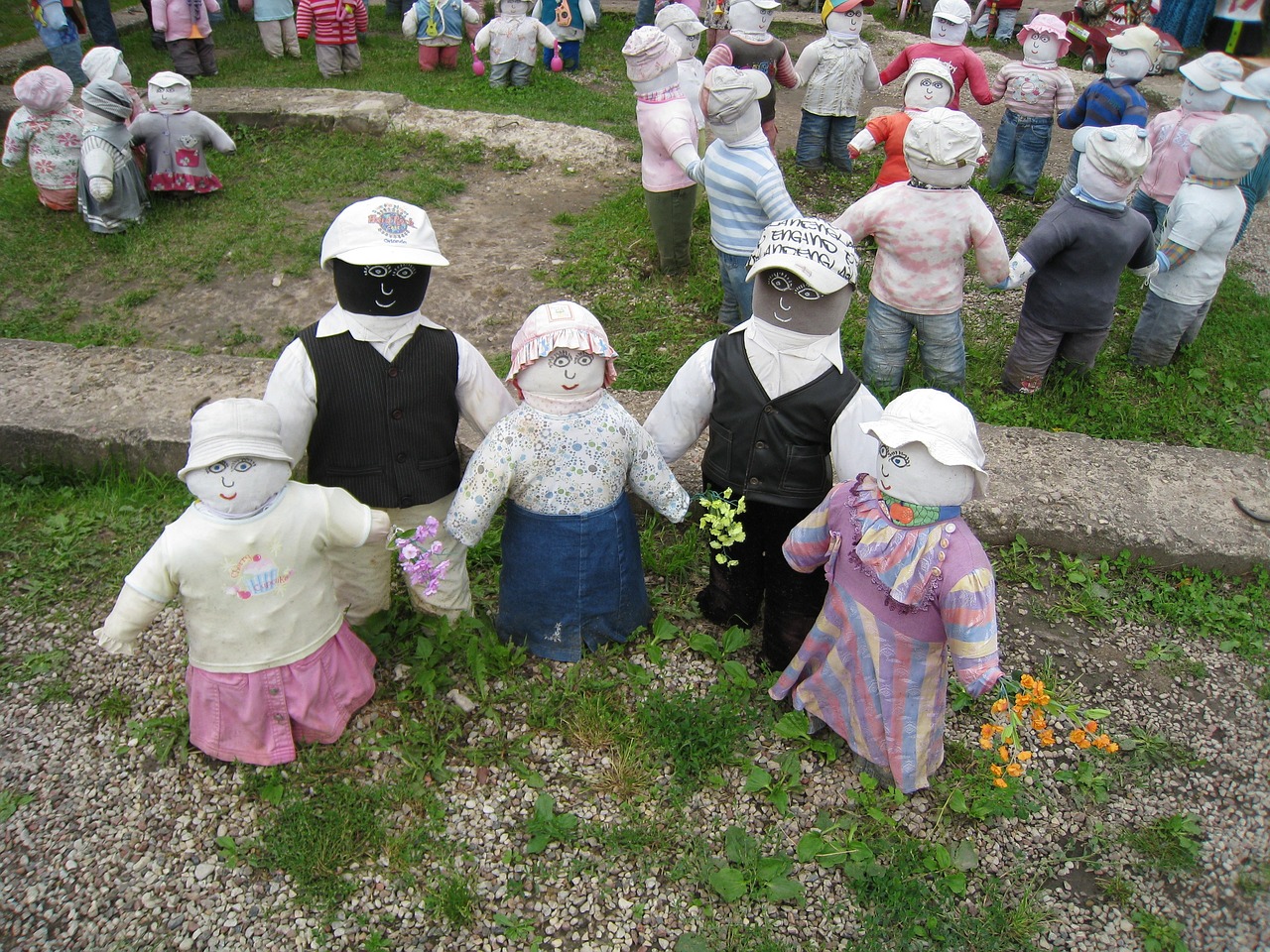
Education and Outreach
Puppetry plays a vital role in education and outreach programs, utilizing the captivating nature of puppet shows to educate, entertain, and engage audiences across various cultural settings. These programs leverage the interactive and visual appeal of puppet theater to convey important messages, teach valuable lessons, and spark creativity in both children and adults.
Through puppetry, complex topics can be simplified and made more accessible to diverse audiences, making learning enjoyable and engaging. Puppet shows are often used in schools, museums, libraries, and community centers to enhance learning experiences and create memorable moments that resonate with viewers long after the performance ends.
Moreover, puppetry in education fosters imaginative thinking, emotional intelligence, and cultural awareness by exposing audiences to different storytelling techniques, art forms, and worldviews. By incorporating puppetry into educational curricula, students can develop empathy, critical thinking skills, and a deeper appreciation for the arts.
Community outreach programs also benefit greatly from the versatility of puppet theater, as it allows organizers to address social issues, promote inclusivity, and celebrate diversity in a visually engaging and impactful way. Puppet shows can break down barriers, facilitate dialogue, and bring people together through shared experiences that transcend language and cultural differences.
Furthermore, puppetry workshops and interactive performances provide opportunities for hands-on learning, creative expression, and collaborative problem-solving, empowering participants to explore their creativity and build confidence in a supportive and inclusive environment. These initiatives not only entertain and educate but also inspire individuals to think critically, communicate effectively, and embrace diversity in all its forms.
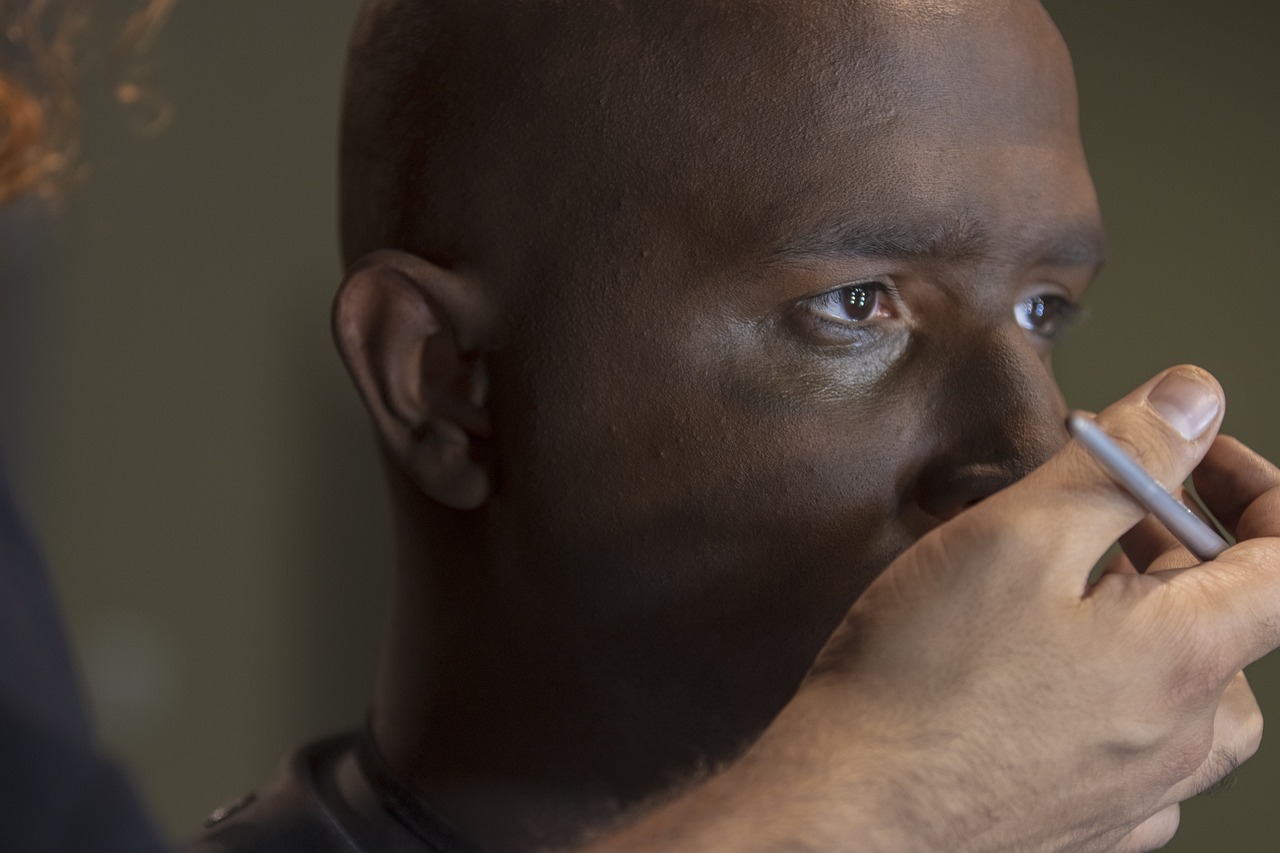
Challenges and Innovations
Exploring the historical and artistic value of puppetry in the realm of theater, showcasing how this form of performance art has influenced cultures worldwide and continues to captivate audiences with its unique storytelling capabilities.
In the world of puppetry, contemporary puppeteers face a myriad of challenges as they strive to balance tradition with innovation. One of the primary challenges is preserving the authenticity of traditional puppetry techniques that have been passed down through generations. As technology advances and audience expectations shift, puppeteers must find ways to stay true to the roots of puppet theater while also embracing new technologies and experimental approaches.
Moreover, puppeteers are constantly innovating to push the boundaries of puppet theater and create captivating performances that resonate with modern audiences. This involves exploring new materials, mechanisms, and storytelling techniques to bring puppets to life in ways that were previously unimaginable. By embracing these innovations, puppeteers can breathe new life into an ancient art form and keep it relevant in today's fast-paced world.
1. What are the different types of puppetry techniques used in modern theater?
2. How has technology revolutionized puppetry performances in recent years?
3. What role does puppetry play in education and community outreach programs?
4. How do puppeteers balance preserving traditional techniques with embracing new innovations?
5. What are some emerging trends in the world of puppet theater?
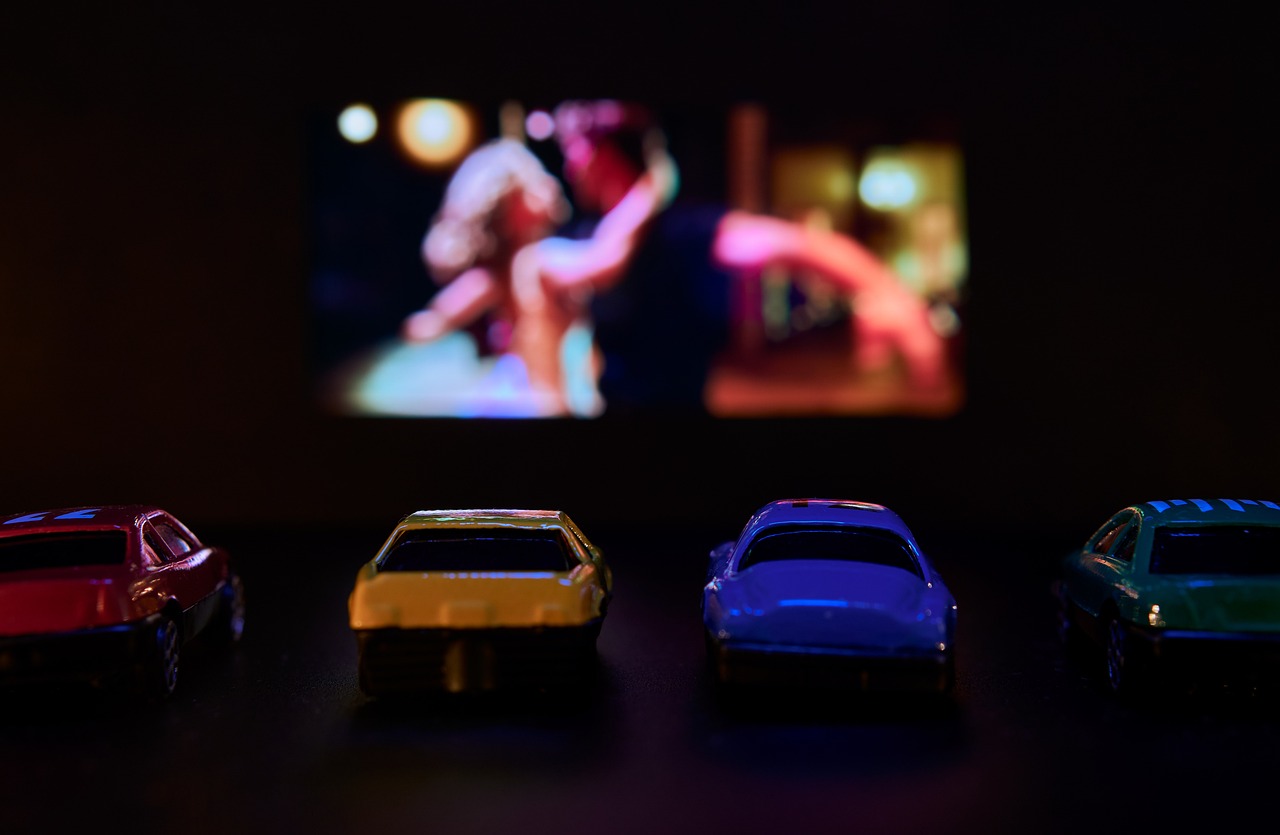
Future Trends and Sustainability
The future of puppetry in theater is a fascinating realm where tradition meets innovation, creating a dynamic landscape for this ancient art form to thrive. As technology continues to advance at a rapid pace, puppetry is poised to embrace new trends and sustainable practices that will shape its evolution in the coming years.
One of the key future trends in puppetry is the integration of cutting-edge technology to enhance puppet performances. From animatronics to virtual reality, puppeteers are exploring new ways to create immersive experiences that blur the lines between reality and fantasy. These technological advancements not only push the boundaries of traditional puppet theater but also open up new possibilities for storytelling and audience engagement.
Furthermore, sustainability is becoming an increasingly important aspect of puppetry practices. As the world grapples with environmental challenges, puppeteers are finding innovative ways to incorporate eco-friendly materials and practices into their craft. From using recycled materials to promoting sustainable production methods, the future of puppetry is embracing a more environmentally conscious approach to ensure its longevity.
Additionally, the future of puppetry lies in its ability to adapt to changing cultural landscapes and audience preferences. By staying relevant and responsive to societal shifts, puppetry can continue to captivate audiences of all ages and backgrounds. Whether through traditional performances or experimental collaborations, puppetry is poised to remain a vibrant and dynamic art form that resonates with contemporary audiences.
In conclusion, the future trends and sustainability of puppetry in theater are intertwined with innovation, technology, and a commitment to preserving the rich heritage of this ancient art form. By embracing new possibilities and sustainable practices, puppetry is set to thrive and evolve, captivating audiences for generations to come.
Frequently Asked Questions
- What is the history of puppetry in theater?
Puppetry has a rich history dating back to ancient civilizations such as Egypt, Greece, and China. It has been used in various cultural and religious contexts, evolving over time to become a popular form of entertainment and storytelling in theaters worldwide.
- What are the different types of puppetry?
There are several types of puppetry, including hand puppets, marionettes, shadow puppets, and rod puppets. Each type has its own unique characteristics and performance techniques, making puppetry a versatile art form with a wide range of creative possibilities.
- How do puppets convey symbolism and storytelling?
Puppets are symbolic representations that can convey complex narratives and emotions through their movements, expressions, and interactions on stage. They serve as powerful storytelling tools, engaging audiences and bringing stories to life in a visually captivating manner.
- What is the role of technology in modern puppetry?
Technology has revolutionized puppetry by enabling puppeteers to create lifelike movements, special effects, and interactive performances. Innovations such as animatronics and digital puppetry have expanded the possibilities of puppet theater, pushing the boundaries of traditional techniques.
- How is puppetry used in education and community outreach?
Puppetry plays a vital role in education and community outreach programs, where puppet shows are used to educate, entertain, and engage audiences of all ages. It serves as a valuable tool for promoting cultural awareness, creativity, and social interaction in diverse settings.
- What are the challenges faced by contemporary puppeteers?
Contemporary puppeteers face challenges in preserving traditional puppetry techniques while embracing new innovations and experimental approaches. Balancing tradition with innovation is a constant struggle, requiring creativity and adaptability to keep puppet theater relevant and engaging.
- What does the future hold for puppetry in theater?
The future of puppetry in theater is bright, with ongoing evolution, adaptation, and innovation in response to changing cultural landscapes. As technology advances and artistic boundaries are pushed, puppetry continues to thrive as a dynamic and captivating form of performance art.











